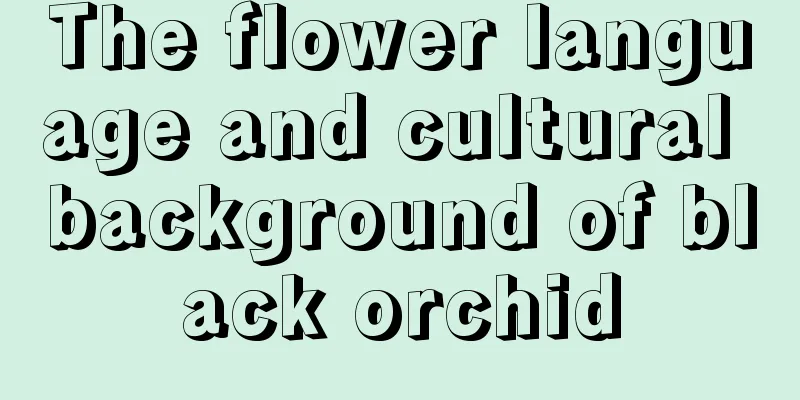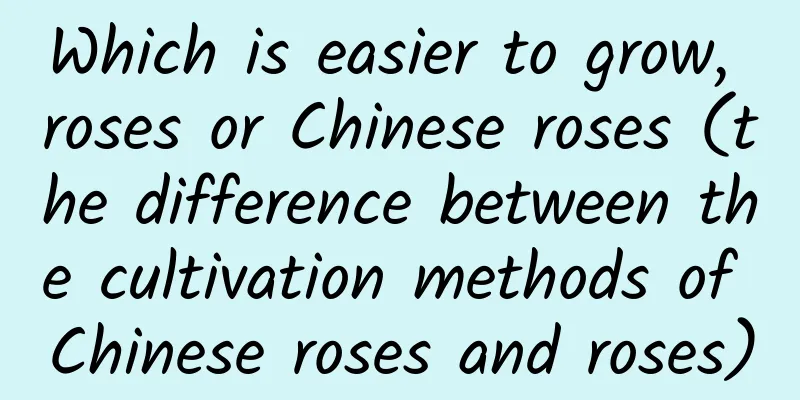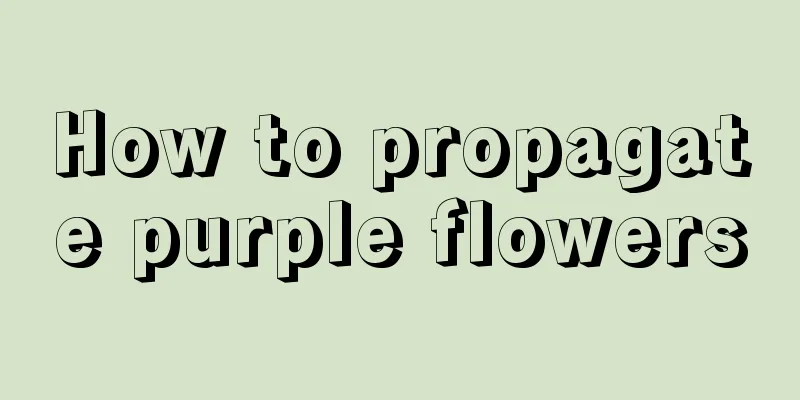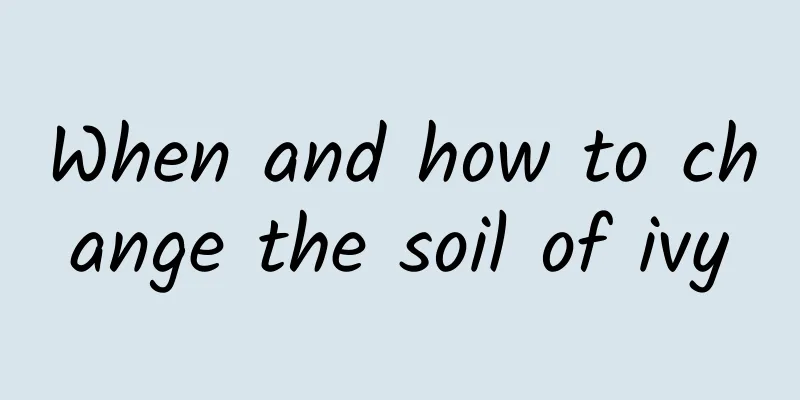The flower language and cultural background of black orchid

Introduction of MolanMo Lan, also known as Bao Sui Lan, is a terrestrial plant of the genus Orchidaceae of the subfamily Orchidaceae. It is widely distributed in Southeast and South Asian countries such as China, India, Myanmar, and is also distributed in the Ryukyu Islands of Japan. Flower language of black orchidThe black orchid symbolizes elegance and indifference, and its flower language is tranquility and eternal youth. The black orchid flowers are in full bloom, standing tall and graceful, and exuding fragrance. Molan stood there quietly alone, like a lonely and charming girl, far away from the hustle and bustle of the world, far away from fame and fortune, creating this piece of happy pure land. The flower language of Mo Lan is tranquility and eternal youth, symbolizing elegance and indifference. Cultural Background of MolanThere are two theories about the beginning of the cultivation of Cymbidium orchid as an ornamental plant in China. The first theory is based on a poem by Zhang Jiuling in the middle Tang Dynasty, which says: "There is a prostitute on the Han River, I want to find her. There is a letter in my sleeve, which I want to send to you. The dark sorrow is invisible, and the memories are silent. Purple orchids bloom in the empty path, their bright dew catching up with their subtle colors. The fragrant years are drawing to an end, and I sigh at how much love there is. White clouds are over the South Mountain, and I sigh at dusk. ” This poem mentions Nanshan, which is the Nanshan in Shixing, which is the southeastern suburb of Shaoguan City, Guangdong today. This area has always produced black orchids. From this, it can be inferred that the cultivation of Mo Lan as an ornamental plant began in the Tang Dynasty. The Jinzhang Orchid Catalogue written by Yue Shigeng in the late Southern Song Dynasty described "Wulan" as: "It is deep purple in color, has fifteen calyxes, and its stem is purple and red..., like flying phoenixes, with thousands of shapes and forms. The leaves are tall, strong and tough, and green and lovely." It can also be inferred that the cultivation of Molan as an ornamental plant began in the late Southern Song Dynasty. The Complete Book of Chinese Orchids states: "Molan, also known as Bao Sui Lan, is also a traditional Chinese ornamental orchid, and its species were recorded as early as the Southern Song Dynasty." Although history books do not give a detailed introduction to the origin of the cultivation of Mo Lan as an ornamental plant in my country, and we cannot specifically speculate on the time, we can see that Mo Lan has been cultivated as an ornamental plant in my country for a long time. The above is an introduction to the flower language and cultural background of Mo Lan! |
<<: The efficacy and effects of cherry blossoms
>>: The flower language and symbolic meaning of Cymbidium
Recommend
What are the varieties of sunflowers?
Pollen varieties In California, the most widely g...
What kind of tree is the lucky tree? Is it evergreen or deciduous?
1. Morphological characteristics The lucky tree i...
Do watermelons need to be watered every day?
Do you water watermelons every day? Watermelon do...
Watering time for flowers in winter
1. Flower lovers in the north Let's talk abou...
Can Desert Rose be placed in the bedroom?
1. Can it be put The answer is very affirmative, ...
Where is the growth environment of Phellinus igniarius suitable for growth?
Environmental conditions for the growth of Phelli...
Greenhouse vegetable planting technology and management
Nowadays, many vegetables are grown in greenhouse...
How to cultivate Daphne koreana at home
Farming methods Temperature and light Daphne odor...
The best planting time and method of cosmos: key points of cultivation and management
Best time to plant cosmos In the south of my coun...
Which month is best for sowing beans?
Green beans are a common vegetable that is widely...
How to grow black orchid
1. Breeding environment 1. Soil: Mo Lan likes a h...
How to propagate carnations by cuttings (with illustrations of the steps)
1. Time Selection The timing for carnation cuttin...
How to care and manage red plum after germination (potted red plum pruning methods and techniques)
How to maintain potted red plum and make it grow ...
Is it profitable to grow mangoes? How much profit can you make by growing one acre of mangoes?
Is growing mango profitable? Mango is a common tr...
Does zucchini prefer shade or sun?
Does zucchini prefer shade or sun? Zucchini is ve...









